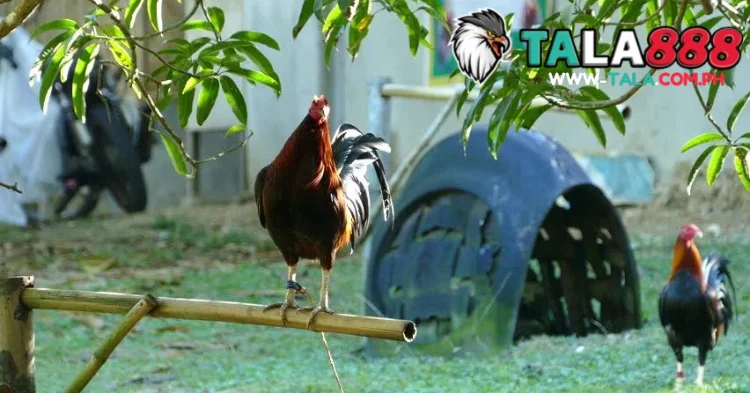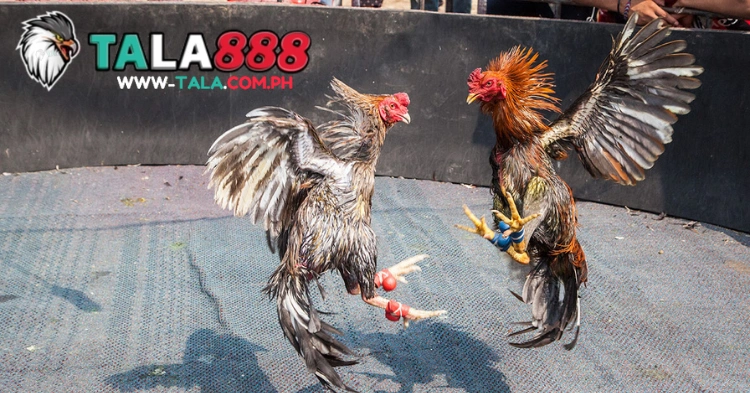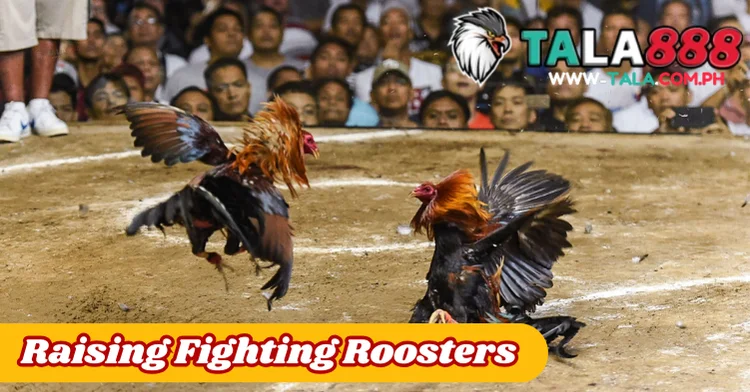Training and raising fighting roosters is a popular hobby among enthusiasts. While it’s no easy task to turn your rooster into a strong, agile fighter, Tala888 believes that with the right techniques and tips, you can develop unique methods to transform your rooster into a resilient and formidable competitor in every match.
How to Raising Fighting Roosters with Powerful Kicks
If you’re reading this, Tala888 assumes you either own at least one fighting rooster or are preparing to dive into this refined pastime. Every rooster owner dreams of their bird being robust, enduring, and delivering precise, lightning-fast kicks. However, accuracy alone isn’t enough, if the strike lacks power, it won’t faze the opponent. This guide from Tala888 will teach you how to raise a rooster capable of delivering powerful, knockout kicks.
How Can a Single Strike End the Opponent?
Raising fighting rooster successful is no simple feat. Unlike chickens bred for meat, these birds are trained for combat. Some Thai enthusiasts use supplements to enhance their rooster’s performance, but Tala888 advises against this harmful practice. Instead, we recommend natural methods.
First of All – Choosing the Right Breed
As with all things, a good beginning is essential. Selecting the best fighting rooster breed from the start is crucial.
According to experts, not every chick from a superior lineage will qualify for breeding, even if the father is exceptional and the mother is of a pure strain. It’s a mistake to assume otherwise. Chicks that are frail, slow-growing, or show other undesirable traits should be culled early. The remaining chicks should be observed until they are at least three months old for further selection.
The selection process isn’t a one-time event but requires multiple evaluations. Key factors to consider when identifying a potential champion include body structure, posture, and leg scale patterns.

How to Choose a Suitable Hen for Breeding Strong Fighting Roosters
One of the most critical aspects of raising fighting rooster powerful is selecting the right hen for breeding. Tala888 notes that professional breeders often focus on maintaining a single preferred hen line in their flock. They avoid keeping multiple hens, fearing their prized breed might spread to others.
We’ve encountered breeders with hundreds of roosters prepared for matches but only a handful of hens—sometimes as few as ten.
For each clutch of chicks, meticulous selection takes place. Hens that don’t meet the standard are culled, even if offered exorbitant prices. These breeders refuse to sell hens that don’t align with their rigorous quality standards.
How to Train Strong-Legged Fighting Chickens
To ensure your fighting chickens deliver powerful kicks, it’s essential to establish a proper training regimen. This phase accounts for 80% of their success in any match. Below, Tala888 Sabong reveals some of the most effective training techniques.
Leg Strength Training
This exercise, often referred to as weight training, involves selecting appropriately weighted tools and attaching them to the chicken’s legs, allowing them to move freely. This helps build strength in their calves and thighs. Initially, your chickens might stay still, struggling to adjust, but don’t worry. Patience is key, and over time, you’ll notice significant improvement. The chickens will become quicker and stronger. Gradually, you can increase the weight to maximize leg strength.
Nutrition for Stronger Fighting Chickens
Just like humans, chickens require a well-balanced diet to maintain optimal health. Feeding them a variety of nutritious foods ensures they are in peak physical condition. Beyond grain, you can include items like cereals, animal protein such as geckos, frogs, earthworms, crickets, and even cooked beef. A nutrient-rich diet fosters enduring health, resilience to blows, and devastating kick power for your fighting chickens.
Coop Running Training
Running in a confined space helps improve stamina and physical endurance. This is a vital part of their training routine. With consistent practice, their legs will become more flexible, and their kicking strength will improve significantly. Ideally, this exercise should be performed daily for 20 to 30 minutes.
The setup is straightforward: prepare two cages and position them close enough for the chickens to see each other but not engage physically. The chickens will instinctively run in circles, searching for an opening to confront their opponent, thereby enhancing their agility and endurance.
Kicking Practice
A chicken’s legs are its greatest weapon, making kicking practice essential. Start by creating a spacious area for the chickens to practice. Secure one of the chicken’s legs to one end of a rope, with the other end tied to a sturdy post. Ensure the rope is long enough to allow free movement, but don’t tie it too tightly.
Use food or stuffed toys to stimulate their jumping and kicking reflexes. This not only boosts their energy and fighting spirit but also strengthens their kicks and wing power.

Physical Recovery
After a series of intensive workouts, it’s crucial to allow the chickens to rest and recover. The best recovery method is to regularly massage them with rice wine infused with turmeric. Mornings are the ideal time for this practice, as it supports the optimal development of their muscles and joints.
Conclusion About Raising Fighting Roosters
Tala888 has shared some of the best techniques for raising chickens with strong, powerful legs. We hope this information helps you design a clear training plan and care strategy to create an unbeatable champion for every match. Wishing you success!
Miguel Santos is a visionary and charismatic leader in the Philippine online gaming industry. Having spent several years running casino operations and driving innovations in the digital gambling arena, it was Miguel who spearheaded all core initiatives instrumental in restructuring Tala888 into what it is today one of the leading platforms for online entertainment.

